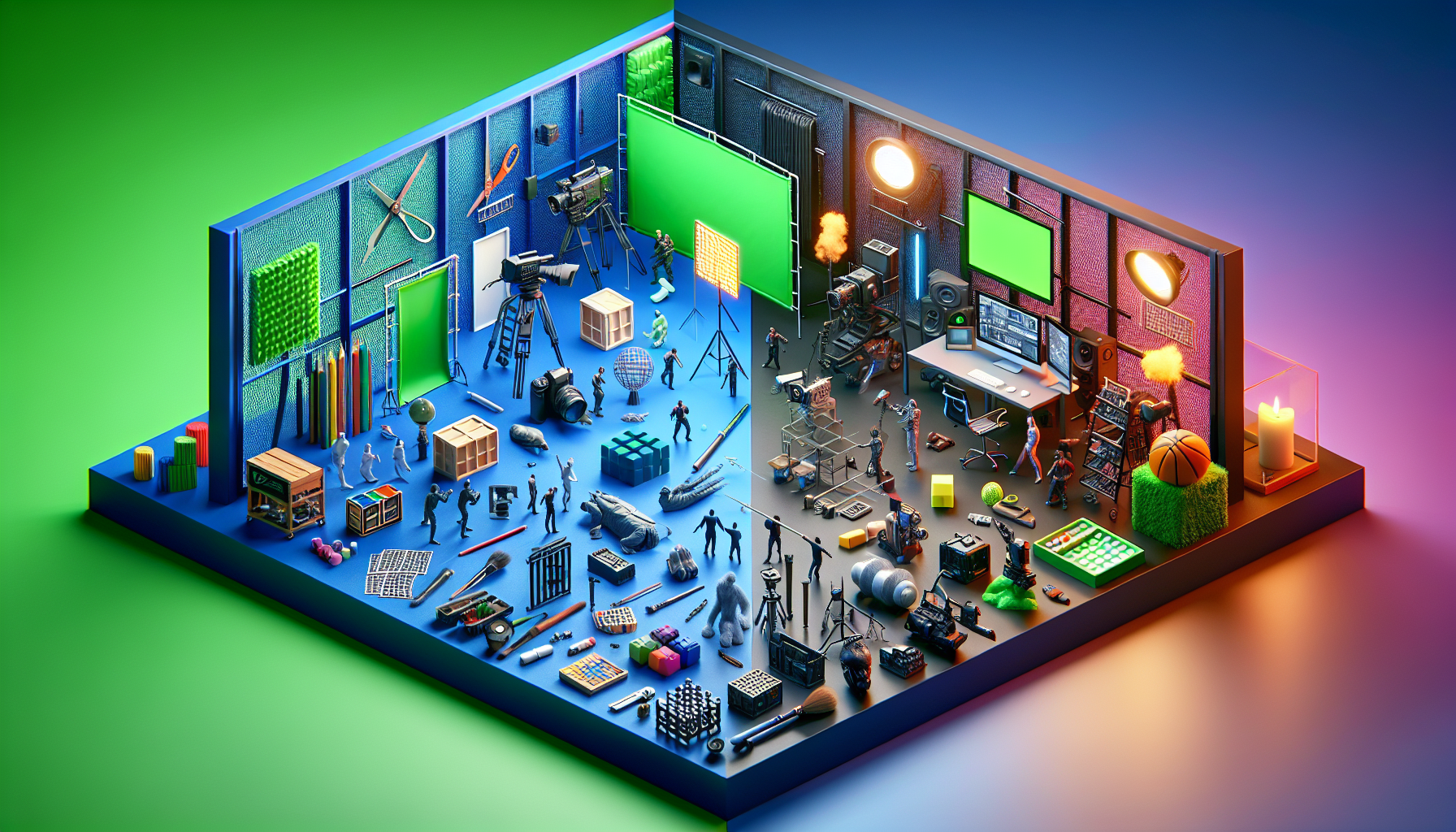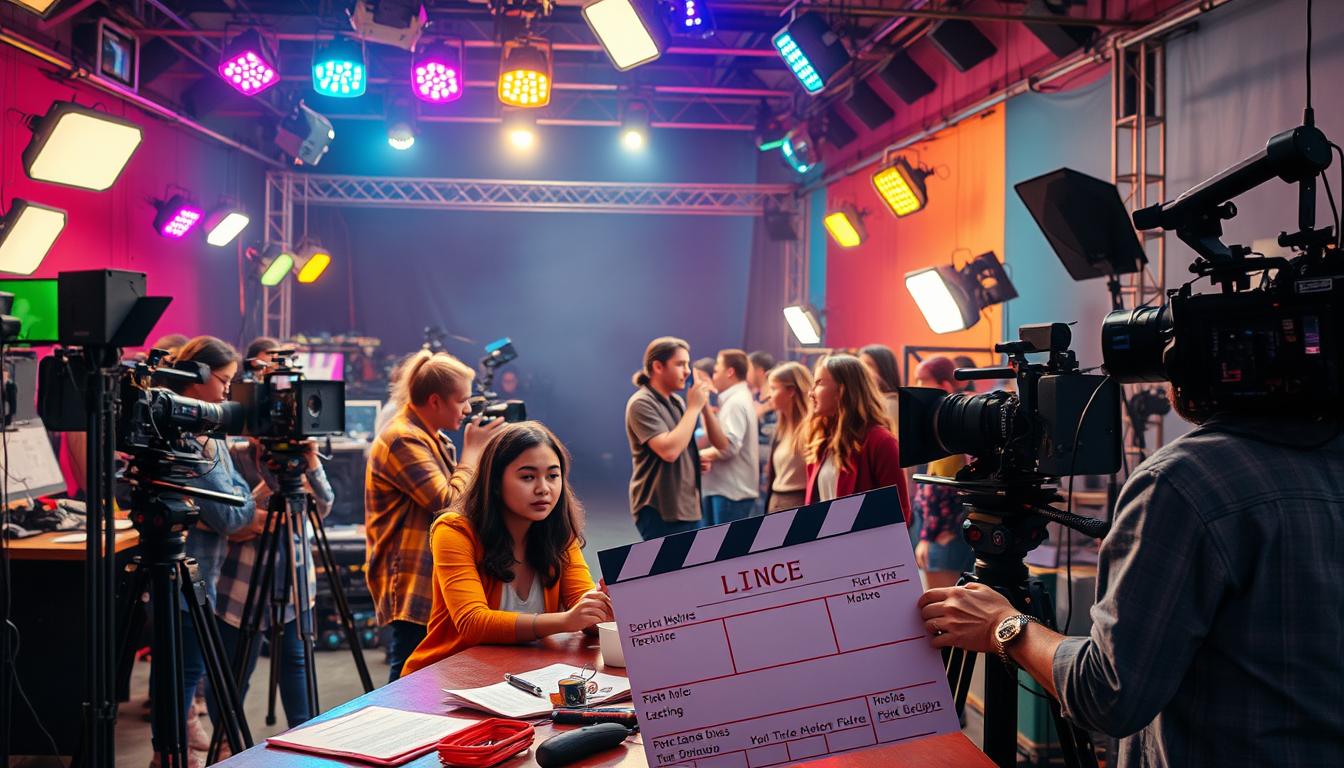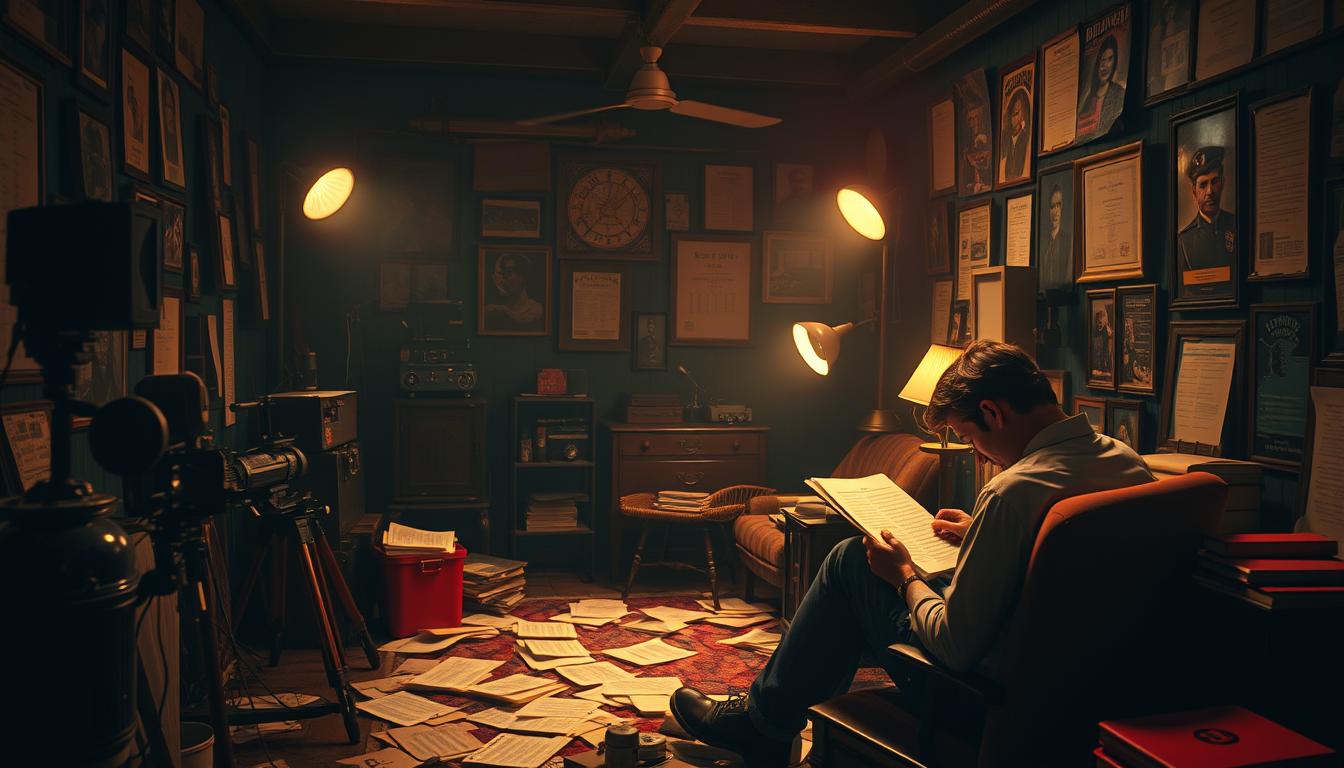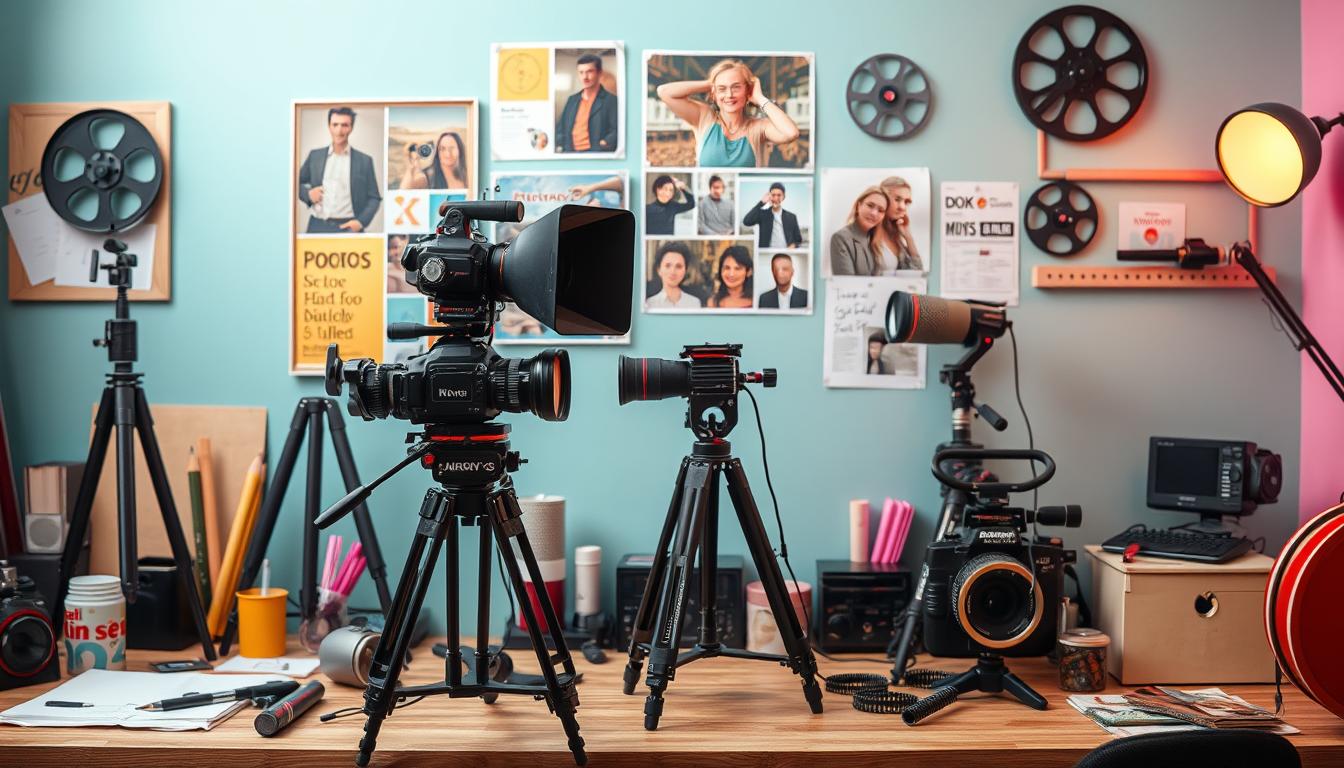
Understanding the Basics: Practical Effects vs. CGI
In the realm of modern filmmaking, the debate between utilizing practical effects or computer-generated imagery (CGI) for action scenes is ongoing. Each method comes with its own set of advantages and challenges. Practical effects are physical effects produced without the aid of computer graphics, including miniatures, animatronics, and pyrotechnics. Conversely, CGI involves creating visual content with computer software, offering filmmakers the ability to craft scenes and elements that would be impossible or too risky to perform in real life.
Benefits of Practical Effects
Practical effects are celebrated for their authenticity and the tangible presence they bring to a scene. They can provide a unique sense of realism that is sometimes lost with CGI. The tactile nature of practical effects can also enhance the performance of actors, as they interact with real objects and environments rather than imagining them. Furthermore, practical effects can age more gracefully than CGI, maintaining their realism and impact over time.
Advantages of CGI
On the other hand, CGI offers unmatched versatility and control. It allows for the creation of detailed environments, creatures, and action sequences that could be impractical or dangerous to produce physically. CGI can also be a more cost-effective option for large-scale productions, eliminating the need for expensive set constructions or location shoots. Additionally, CGI can fix mistakes or make adjustments in post-production that would be impossible or very costly to achieve with practical effects.
Considering the Context: When to Use Which
The choice between practical effects and CGI often depends on the context of the scene and the overall vision of the film. Here are some considerations to guide that decision:
Realism and Audience Immersion
If the goal is to provide a deeply immersive and realistic experience, practical effects may be the better choice. They shine in close-up scenes where the intricate details and physical interactions come into play. However, for scenes requiring spectacular events or creatures that don’t exist in the real world, CGI might be the only viable option.
Budget and Resources
Practical effects can be more cost-prohibitive and time-consuming, particularly for independent filmmakers or smaller productions. In these cases, CGI can be more accessible, offering a way to create ambitious action scenes without breaking the bank. However, it’s important to note that high-quality CGI can also be quite expensive and requires skilled professionals.
Environmental and Safety Concerns
Safety is paramount in filmmaking. Practical effects involving stunts, explosions, or complex machinery can pose risks to the cast and crew. CGI allows filmmakers to design these elements without actual danger. Additionally, CGI can be considered more environmentally friendly as it reduces the need for physical materials and on-location shoots that can impact the environment.
Melding the Best of Both Worlds
Many modern films find a harmonious balance between practical effects and CGI, leveraging the strengths of each. Practical effects are used to ground the action in reality, while CGI enhances or expands upon those elements to achieve the impossible. This combined approach can offer the best of both worlds, creating action scenes that are both believable and breathtaking.
Ultimately, the choice between practical effects and CGI for action scenes should be dictated by the story, the director’s vision, and the practical considerations of production. By carefully weighing the pros and cons of each method, filmmakers can decide which approach best serves the narrative and brings their cinematic visions to life.






